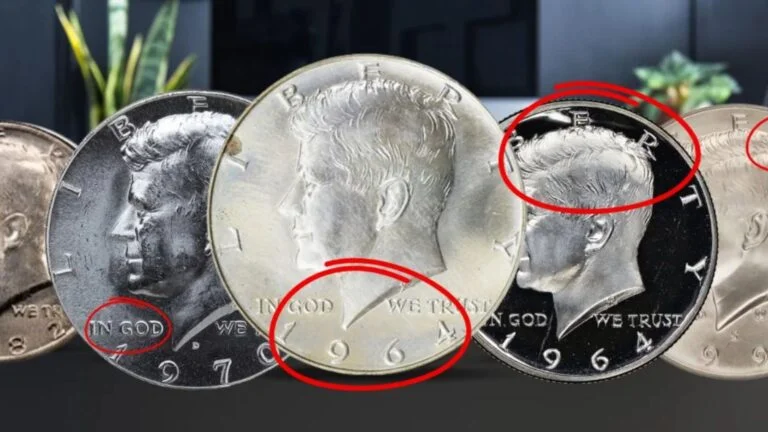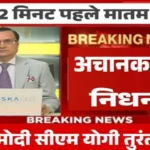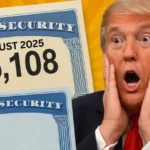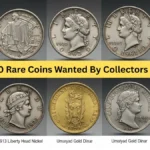We present an in-depth, expertly crafted guide to the rarest and most valuable 1976 Bicentennial quarters. Discover which mint marks, grades, and errors elevate these coins from face value to collector-worthy treasures.
Understanding the Bicentennial Quarter: History & Rarity
The Bicentennial quarter bears the dual date “1776–1976” and sports Jack L. Ahr’s iconic colonial drummer design on the reverse. Struck in vast numbers—over 809 million in Philadelphia and 860 million in Denver—it remains one of the most common pieces of U.S. coinage (विकिपीडिया).
However, within that immense mintage, certain variables make a few coins uniquely rare:
- Condition: high grades like MS67+, MS68, and MS69
- Mint marks and compositions: especially 1976-S silver proofs
- Minting errors: doubled dies, filled mint marks, off-center strikes
1. 1976-S 40% Silver Proof (MS69): The Rarest of the Rare
Struck in limited quantities as special-edition pieces, these 1976-S silver proof quarters are among the most coveted:
- In MS69 grade, their value can soar—over $9,000 in top condition.
- Their scarcity is amplified by low mintages and high demand among serious collectors.
2. 1976-S Silver Proof with Mintmark Error or Missing “S”
A particularly intriguing variety:
- Rumors persist about a few 1976-S proof quarters missing the “S” mintmark, allegedly struck for President Gerald Ford and associates.
- If authenticated, these would rank among the most intriguing and valuable Bicentennial variants—though their current existence remains unconfirmed.
3. 1976-D (Denver) in MS68 or Higher
Despite large mintage, fully struck Denver coins graded MS68 are exceptionally rare:
- PCGS recorded just 13 such coins; NGC reported 15.
- Auction prices for MS68 examples have ranged from several hundred to thousands of dollars, depending on condition.
4. Selected Error Varieties: Filled “D”, Doubled Dies, Die Breaks
Error coins inject significant intrigue:
- The “Filled D” error—where the Denver mintmark appears clogged or obscured—can bump values to $50K+, even on circulated pieces.
- More dramatic errors, such as doubled dies (e.g., FS-101, FS-102), off-center strikes, and die breaks, are prized likewise; in high grades, some of these can enter the hundreds or thousands of dollars range.
5. 1976-S Silver Quarter in Exceptional Proof Grades (e.g., Deep Cameo MS68–MS69)
High-grade silver-clad proofs from San Francisco (particularly with a deep cameo finish) command strong premiums:
- While not pushing into the astronomical, well-preserved specimens—especially those graded MS68 or MS69 with vivid contrast—are highly sought after and stand out even within the collectible proof coin market.
- A recent 1976-S silver quarter sold at auction for $19,200, underscoring the high-end value these coins can fetch (finance.yahoo.com).
Summary Table: Value Potential by Coin Type
| Type / Variety | Key Traits | Approximate Market Value |
|---|---|---|
| 1976-S Silver Proof (MS69) | Ultra-rare, top proof grade | ~$9,00K+ |
| 1976-S Silver Proof, missing “S” mintmark | Legendary mint error, unknown existence | Potentially astronomic (speculative) |
| 1976-D (Denver) MS68+ | Exceptionally rare high grade | Hundreds to low thousands |
| Error coins (Filled D, Doubled Die, Die Breaks) | Minting anomalies | $50K–$1,000K+ |
| 1976-S Silver Proof (Deep Cameo, high grade) | Premium finish | Thousands (e.g., $19,200 sale) (finance.yahoo.com) |
Final Thoughts: What to Do Next
- Check grade and mintmark: Use a loupe or have the coin certified by PCGS/NGC.
- Identify errors: Look for anomalies like missing mintmarks, doubled lettering, or filled spots.
- Consult auction databases: Look up realized prices for similar specimens.
- Seek expert evaluation: Especially for high-grade or potentially error-rich coins.
Each of these five categories represents the most valuable variants of the Bicentennial quarter in today’s market. If you own one, it may be worth far more than its humble 25¢ face value.








